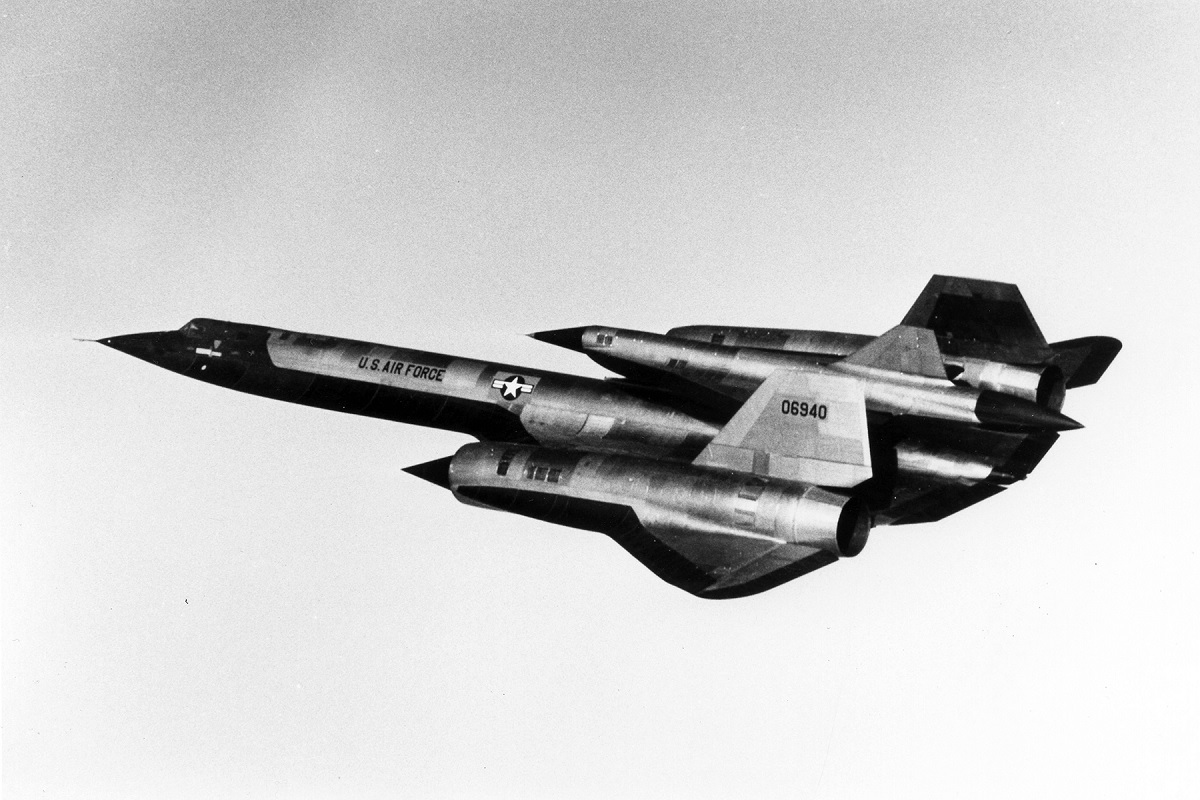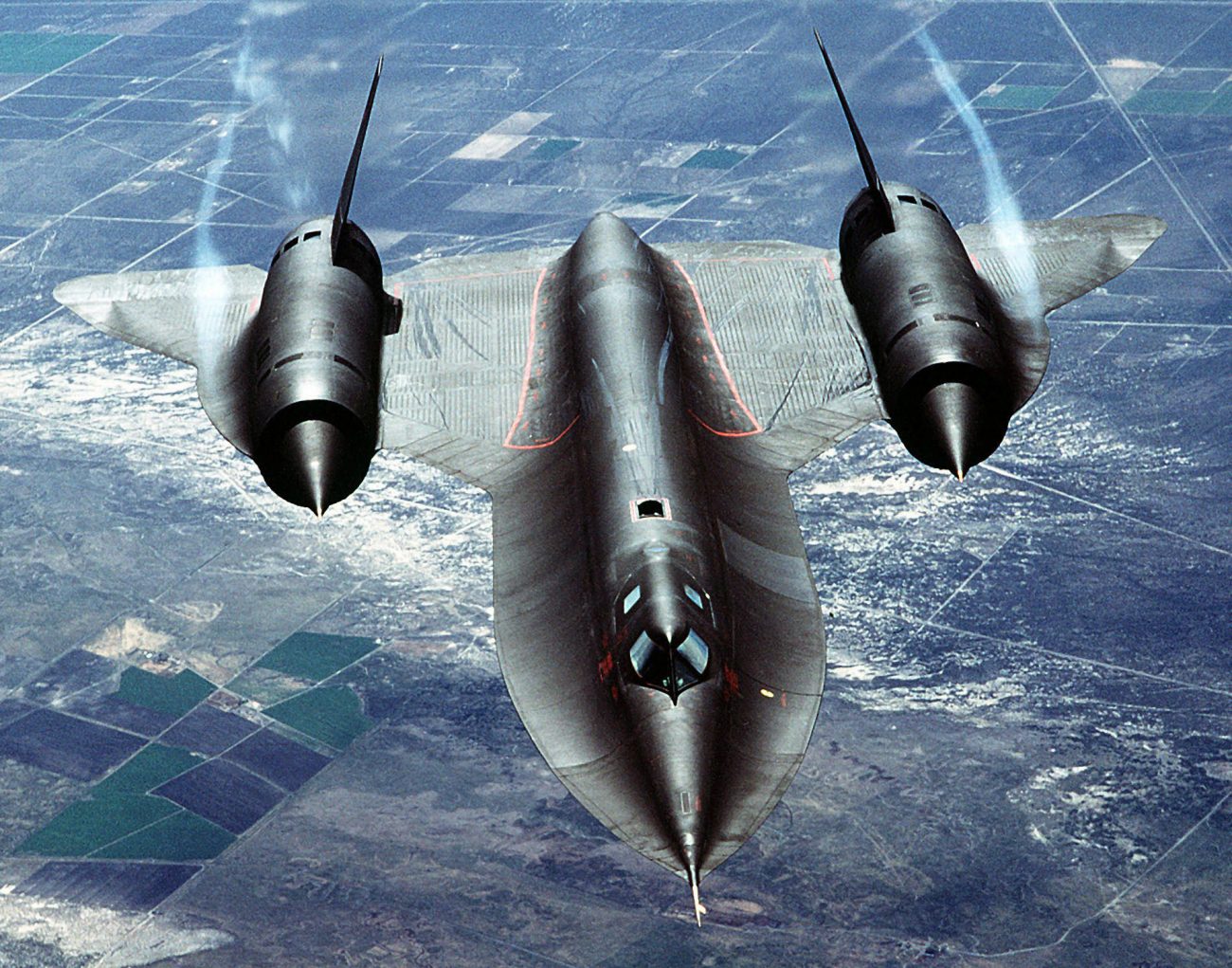On Monday, Lockheed Martin, the United States’ leading defense aerospace major, tweeted a photo of an odd-looking drone on the back of an A-12 supersonic spy plane.
A piggyback ride to top speed!
The ramjet-powered D-21 drone was a strategic reconnaissance platform intended to be launched from specially-equipped A-12s, hence why it’s riding atop the Blackbird shown here. pic.twitter.com/EFcozWjnqr
— Lockheed Martin (@LockheedMartin) June 27, 2022
Called Remotely Piloted Aircraft (RPA) then, it had a troubled development history with crashes that led to finally being abandoned until it was discovered in a hangar around a decade later.
Powered by a ramjet, its purpose was to conduct high-speed strategic reconnaissance over Russia and China at the height of the Cold War in the 1960s.
The Lockheed D-21 was a state-of-the-art RPA developed by the famed Lockheed’ Skunk Works’ in the 1960s, in collaboration with the US Air Force and the Central Intelligence Agency (CIA).
Based on proven technology from the A-12/YF-12/SR-71 ‘Blackbird’ family of high-speed aircraft, the need for such a plane arose when a U-2 spy plane piloted by Gary Powers was shot down over the then Soviet Union, baring the increasing vulnerability of the aircraft.
Outflanking The Flankers! Why Indian Air Force Would Be Ecstatic By Ukraine’s ‘Super Performance’ Against Top Russian Fighters
A total of 38 D-21s were built between 1964-1967 after beginning development in October 1962, when the CIA and the US Air Force (USAF) instructed Lockheed to study a high-speed, high-altitude drone concept.
It was supposed to fly at Mach 3.3–3.5, an operational altitude of 87,000–95,000 feet and a range of 3,000 nautical miles.

They were a stop-gap arrangement to conduct strategic reconnaissance missions until the SR-71 became operational. The D-21 required a mothership to launch, given its ramjet engine, which needed air-launched at a certain speed to be activated. Initially, Lockheed testers used an M-21 (a variant of Lockheed A-12 aircraft) to air-launch the D-21 drone.
The plan was to release the D-21 from the back of the M-21 when the high-resolution camera activates and clicks photographs while flying over enemy airspace.
The D-21 would then enter international airspace and release its camera module in a parachute, which would then be collected mid-air by a specially equipped transport plane. After this, the drone would self-destruct – to prevent it from falling into enemy hands and because there was no possible way to land it.
US’ Most Advanced Warplanes – F-22 Raptors & F-35 Jets Should Be Deployed Near China As Threat Intensifies – Top Commander
On the fourth flight test, the D-21 experienced an “asymmetric unstart” as it passed through the bow wake of the M-21, causing the mothership to pitch up and collide with the D-21 at Mach 3.25.
Pilots Bill Park and Ray Torick ejected from the M-21 and landed in the Pacific Ocean. But Torick’s flight suit got filled with water while in the ocean, where he drowned. Some reports say he accidentally opened his helmet visor, which caused the water to ingress.
After the accident, the M-21 launch program was canceled. But a camp of air force officers and engineers believed that instead of launching from ‘over’ a plane, it could be launched from ‘under’ one.
They felt that the D-21 still had value as a potentially successful high-speed reconnaissance aircraft. That’s when the B-52 Stratofortress came into the picture.

It was decided to launch the drone from B-52H’s wing, with the program becoming even more secret than before, now called ‘Tagboard,’ while the new code name for the D-21 project was ‘Senior Bowl.’
There were several failed launches. But testers tasted success on June 16, 1968, when the plane released from an underwing pylon and flew 3,000 miles at 90,000 feet. It was after installing a rocket booster under the D-21 since the big bomber could not develop enough speed to activate the RPA’s ramjet.
After a few more flight tests, the CIA and the Air Force decided to conduct four operational launches, all of which were again only partial successes, where the final objective of being able to retrieve the photographs was never achieved.
Chinese ‘Aviation Espionage’ Busted! Former US Army Pilot Pleads Guilty Of Leaking Critical Info To Beijing
The imagery could not be recovered from the D-21’s hatch in two successful flights. In a third flight, the D-21 was lost in a heavily defended area, and the other D-21 disappeared after launch.

The D-21 program was finally canceled on July 15, 1971, and both B-52s used for the program were returned to their operational Air Force units.
It was in the wake of the historic détente between the Peoples Republic of China (PRC) in 1971 when President Richard Nixon visited Beijing. China had split with its ideological ally, the Soviet Union, and normalized ties with the United States.
The need to possess such a high-speed spy plan was no longer felt. The era marked the downturn of the USSR, which disintegrated 20 years later in 1991.
Such programs would be unimaginable today, where direct incursion of Russia or China’s airspace with military aircraft can spark an all-out war.
- The author can be reached at satamp@gmail.com
- Follow EurAsian Times on Google News




